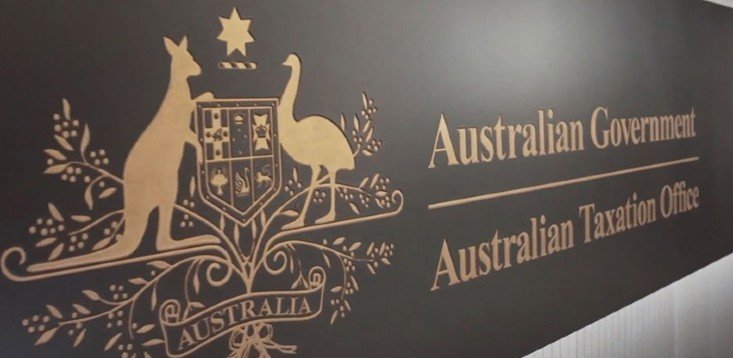Employers are turning to alternative methods of rewarding employees as wage freezes become commonplace during the pandemic. With record-low wages growth of 1.4 per cent over the last year, companies are offering employee share schemes (ESS) as an incentive where they struggle to pay high salaries.
The question is: can an SMSF own employee shares?
Essentially, a member can transfer an asset owned personally into an SMSF through an in-specie contribution. The limiting factors include the exceptions outlined in section 66 SIS – acquisition of assets from a related party, the contribution caps and non-arm’s length income (NALI).
Acquisition of assets from a related party
In general, the transfer of share or options from an employee participating in an ESS is an acquisition of assets from a related party. The reason is that the employee is typically a related party to the fund.
The fund must acquire the assets at market value, either in a listed security or in a related entity, with the maximum investment as a percentage of total fund assets shown below:
Asset Type | Max SMSF Investment |
Listed Security | 100% |
Unrelated Shares/Units | 0% |
Related Shares/Units | 5% |
To be clear, an SMSF cannot acquire ESS shares in an unrelated private company and is limited to a maximum investment of 5 per cent of the total value of fund assets in a related party entity ESS under the in-house asset limits.
Regardless of the discount or method applied to price the ESS for the employees, the acquisition price from the SMSF’s point of view is the market value when the shares are transferred into the fund.
While it is easy to determine the market value of shares listed on the ASX, the market value of shares in a related, unlisted entity is complex and requires more documentation.
Suppose the shares or options are transferred in for no consideration or less than market value? Where the member takes up the difference as a contribution, the shares are acquired at market value, and section 66 SIS will be satisfied.
Contribution caps
The ATO expects SMSF trustees to know which types of contributions breach the super laws. Returning a contribution is only allowed where the trustee cannot accept the amount under SIS or where the return is authorised by the principles of restitution for mistake — not where the member has exceeded their caps or simply changed their mind.
By way of example, a member is 45 years of age and received $25,000 in employer contributions during the year. She is offered an ESS from her employer, a publicly listed company, with a total market value of $35,000. However, her total superannuation balance (TSB) is above $1.6 million as of 30 June the previous year.
As a result, the member cannot make any more contributions because the concessional cap has been reached, and the non-concessional contributions cap is nil.
In this case, however, the member makes the $35,000 non-concessional in-specie contribution to the fund of the ESS on 2 June 2020.
However, it is not until 12 months later, during the audit, that the trustee is made aware that the member breached its contribution limits.
The ATO’s position is straightforward. A reasonable trustee, acting with the level of care, skill and diligence required of a trustee of a complying fund, would have checked the fund’s affairs.
Because the member is also a trustee, the fund effectively becomes aware of whether it can accept the contribution or not when it happened.
There is a strict process to follow as excess contributions cannot be refunded immediately. Technically, this is illegal early access: the member must wait for the ATO to issue an excess contributions determination notice before returning the extra amount.
Ownership of ESS
Some ESS include terms and conditions such that only the employee can own the shares. Others have the requirement that the employer must approve any transfer of the shares to an associate, related party or entity.
Under these circumstances, it may be difficult for the fund to own the shares beneficially.
Depending on the details of the offer, the fund may not be able to legally hold the shares, a potential breach of r4.09A SIS.
Remember, too, that an asset is generally considered a contribution when the SMSF gets legal ownership of the asset.
NALI
There may be other circumstances that contribute to the transfer of the ESS into the fund not being on an arm’s length basis.
The offer could include more favourable terms such as an interest-free loan from the employer to purchase the shares or receiving a higher dividend instead of market remuneration.
The SIS rules state that where parties are not dealing at arm’s length and the terms are more favourable to the SMSF, there will be no breach of s109 SIS.
However, the NALI provisions then apply, which remove the fund’s tax concessions where the SMSF and other parties are not dealing at arm’s length in relation to a scheme.
Where income is deemed to be NALI, all of the income generated from that asset will be taxed at the top marginal tax rate of 47 per cent, even if the member is in the pension phase.
Conclusion
There is a lot to consider when a member transfers ESS into an SMSF by way of an in-specie contribution. The trustee must ensure the transaction meets the requirements of s66 SIS by assessing the facts and circumstances of each situation.
The federal government has recently made ESS more attractive by removing the cessation of employment as a taxing point in the May 2021 budget. While the proposal is awaiting royal assent, this advantageous change may see more ESS transferred into SMSFs by members.
SMSF professionals need to pay close attention to the finer details of the ESS offer to ensure any in-specie contributions are in line with SIS, which will then allow an SMSF to own employee shares.
Shelley Banton, head of education, ASF Audits
Source: SMSF Adviser










